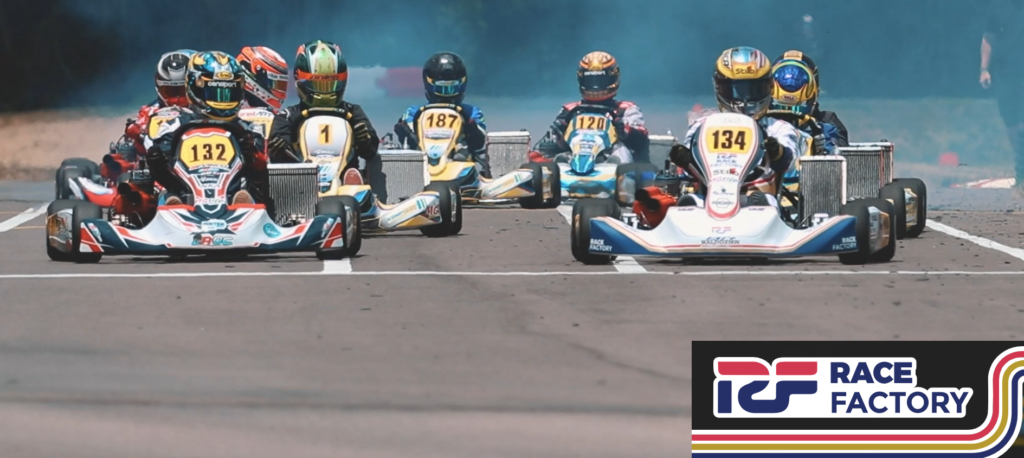Safety plans are designed to avoid incidents involving injury to personnel and property damage during Motorsports events. Many event organizers will have a copy of their plan available electronically via their websites, or at event registration. The guidelines below are designed to capture "general event safety" for the respective discipline. Use this information as a foundation for a proactive program of safety awareness and site safety supervision. Although specific personnel are assigned duties involving the enforcement of safety requirements,
REMEMBER: safety is the responsibility of every event official, participant, and non-participant attending the events.

Go-karts (or “Karts”) are exceptionally fun and safe to drive. The vast majority of Go-karts are made from exceptionally robust frame materials. Go-kart power plants and drive-trains vary in design, from multiple types of internal combustion engines, to fully electric. Some are known as “side-winders” where the motor sits beside the driver while others have rear mounted engines. In either case, almost all Go-karts are rear-wheel drive. If driven correctly its highly unlikely that a Go-Kart will flip over. Keeping their low center of gravity in mind, it means they are also very easy to handle, and are incredibly easy to learn how to drive from a young age. This makes them ideal for children (and adults) wanting to learn racecraft before progressing onto other Motorsports disciplines.
In this episode of Break/Fix Podcast safety related topics like: Safety in Karting, Changes to Kart Safety over the years, Karting Safety Gear and more are covered. Special thanks to RaceFactory USA for contributing this information.
- A minimum height of 52-58 inches (depending on organization) is required for adult karts.
- A minimum age of 10 is required for adult karts.
- A maximum weight of 450 lbs. to race on an adult track.
- A maximum height of 7 feet to race on an adult track.
- All new drivers will receive a mandatory safety briefing session.
- When in the pit area, participants must comply with all safety briefing instructions and obey all verbal and signaled commands.
- All racers MUST sign a Waiver and Release of Liability. Signed parental consent forms are required for youth under 18.
- When in a kart the seatbelt (if equipped) must be fastened at all times.
- You must keep your hands on the steering wheel and feet inside the kart at all times. Individuals wearing a cast or sling will not be permitted to drive karts.
- Appropriate footwear must be worn: No high heels, flip flops or open toe shoes. No barefeet.
- No loose articles or items of clothing. All scarfs and/or long necklaces must be removed.
- Long hair must be tied up and tucked in.
- No person will be allowed to participate in karting if over the legal alcohol limit. Breathalyzer will be given.
- All drivers must wear a helmet and hair net. You can bring your own helmet but it must be DOT labeled and full faced.
- Never stop on the track unless directed to by an official.
- Kart racing poses a threat to those with back or neck injuries. Please consult your physician before racing.
- People with heart conditions should not use the karts.
- Pregnant woman should not use the karts.
- Most venues do not tolerate bumping or blocking of karts.
- Dress code (if applicable) is enforced. In some cases Karting will require the use of "racing suits" as well as neck/head restraints like: Neck Brace, Hans or Simpson-Hybrid like devices. Refer to the venue/organization specific rules for guidance.
The data and recommendations presented by this safety plan provide a foundation from which the event organizers and safety stewards will implement a functional program of incident avoidance. This plan is not all inclusive and additional safety supporting procedures may be developed and implemented during the event. Where safety is concerned, there is no excuse for knowing something to be wrong, or risk generating, and ignoring the situation because it is not spelled out in writing somewhere. Safety is not a game of semantics or rule bending. It must be a living program balancing the needs of a highly competitive Motorsport, with the realities of safety and risk reduction.

